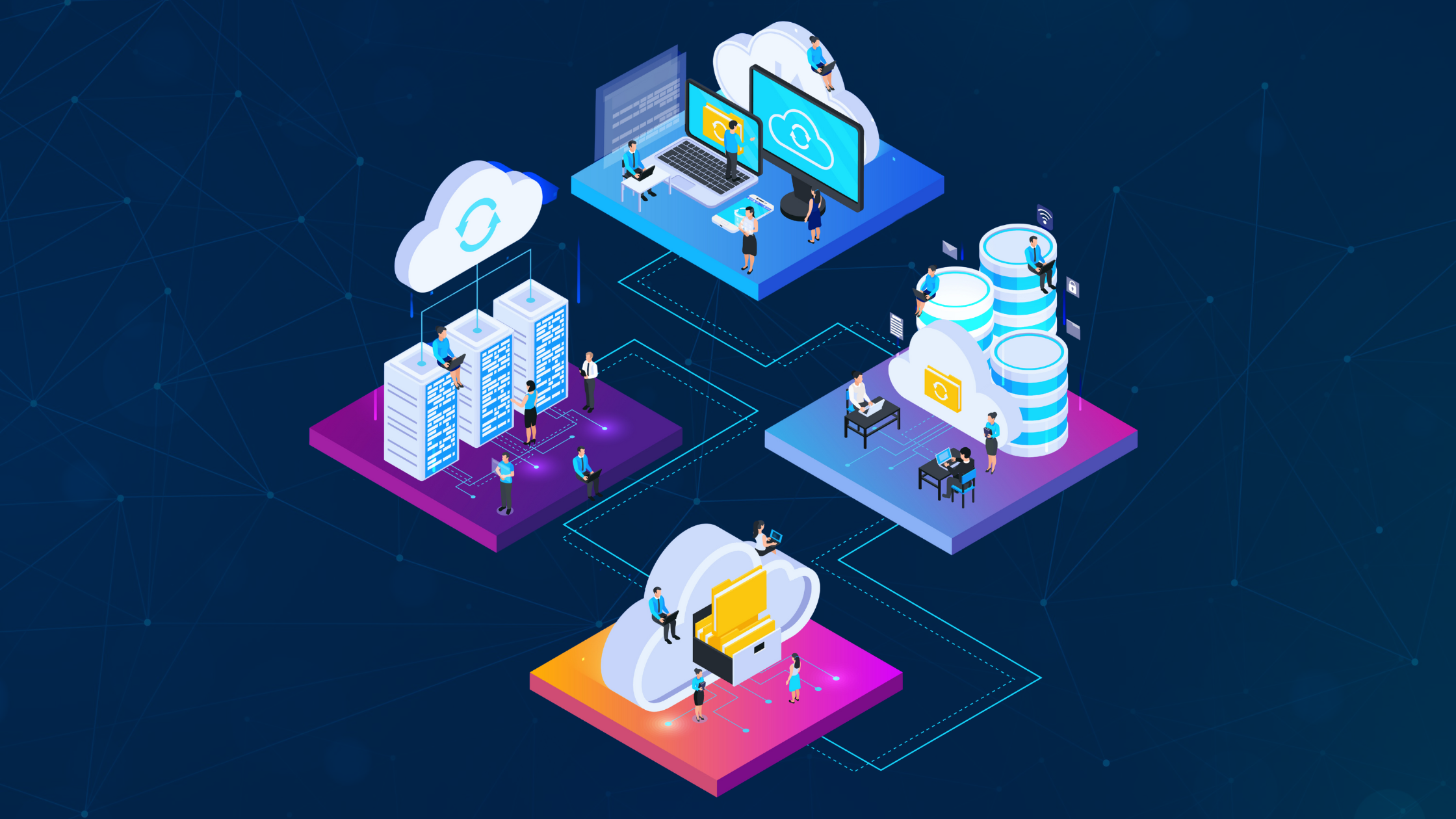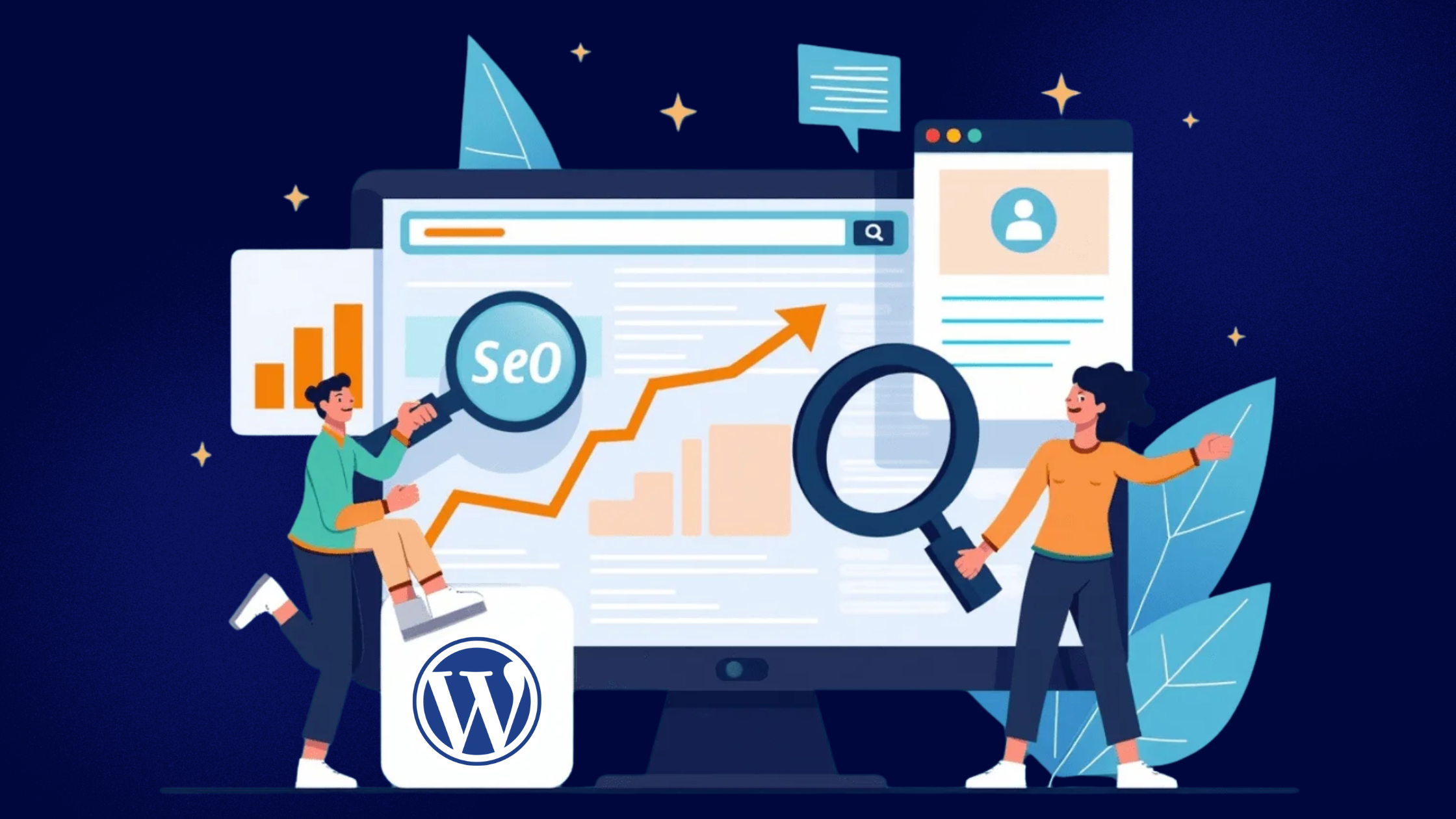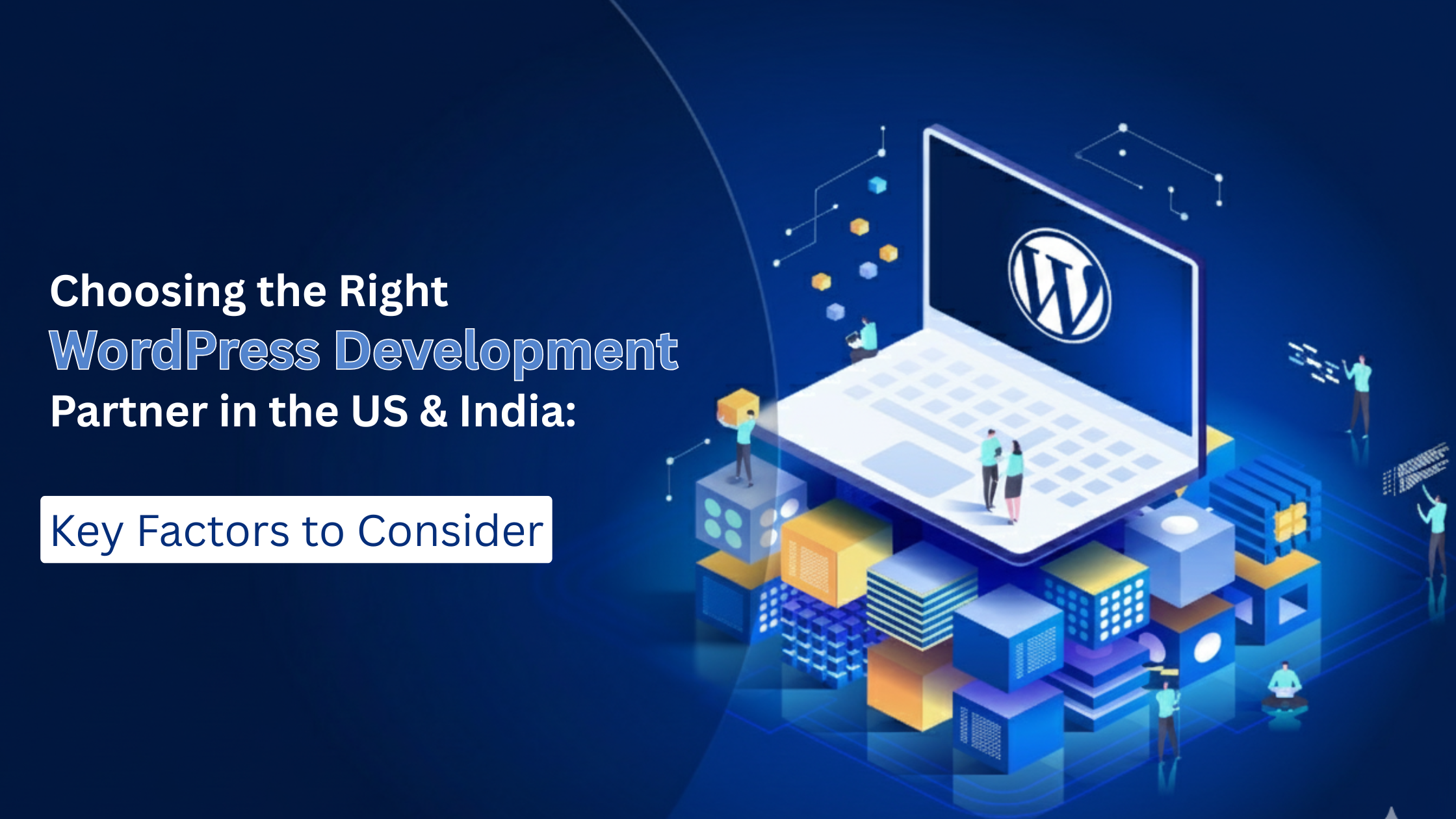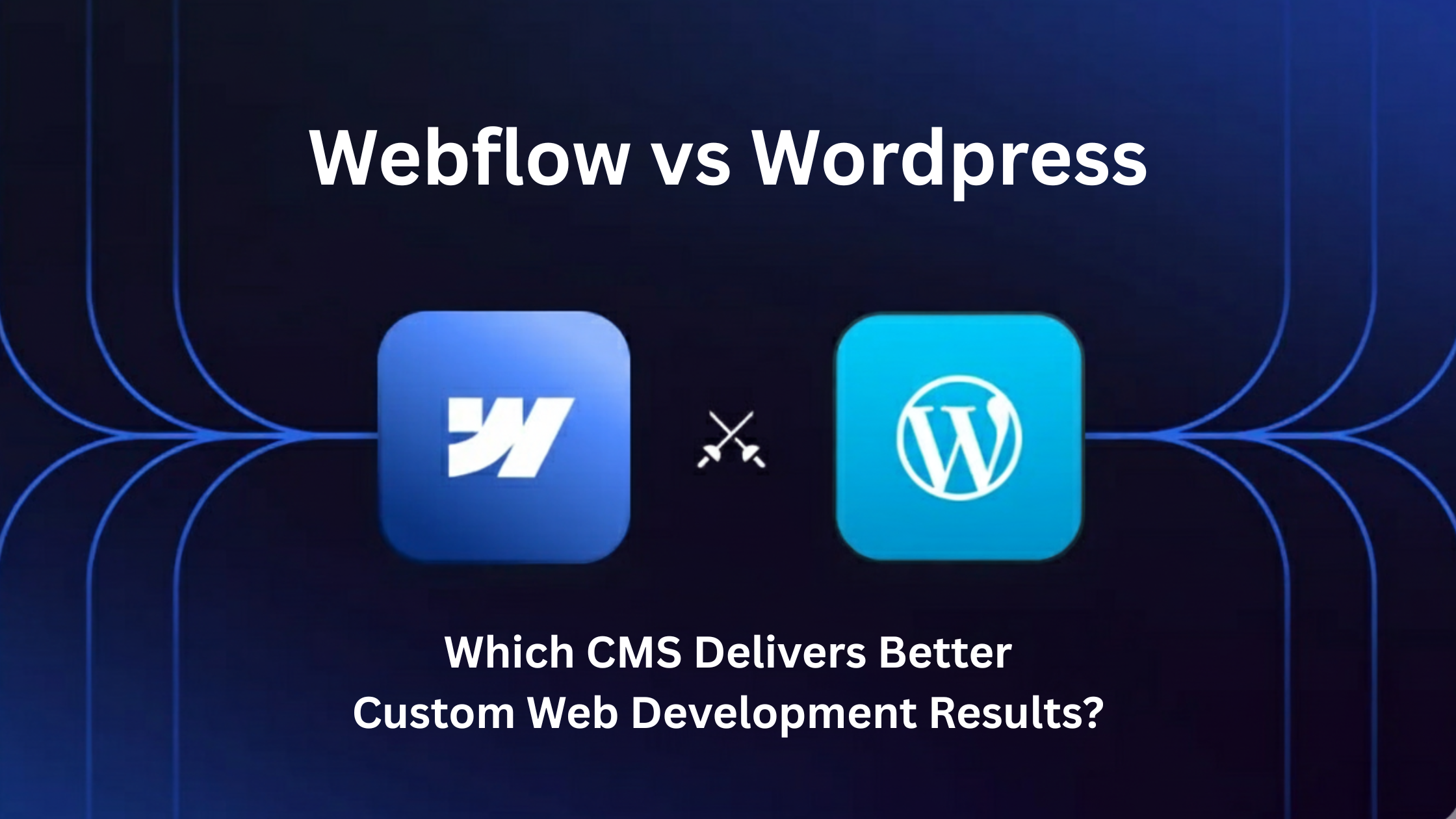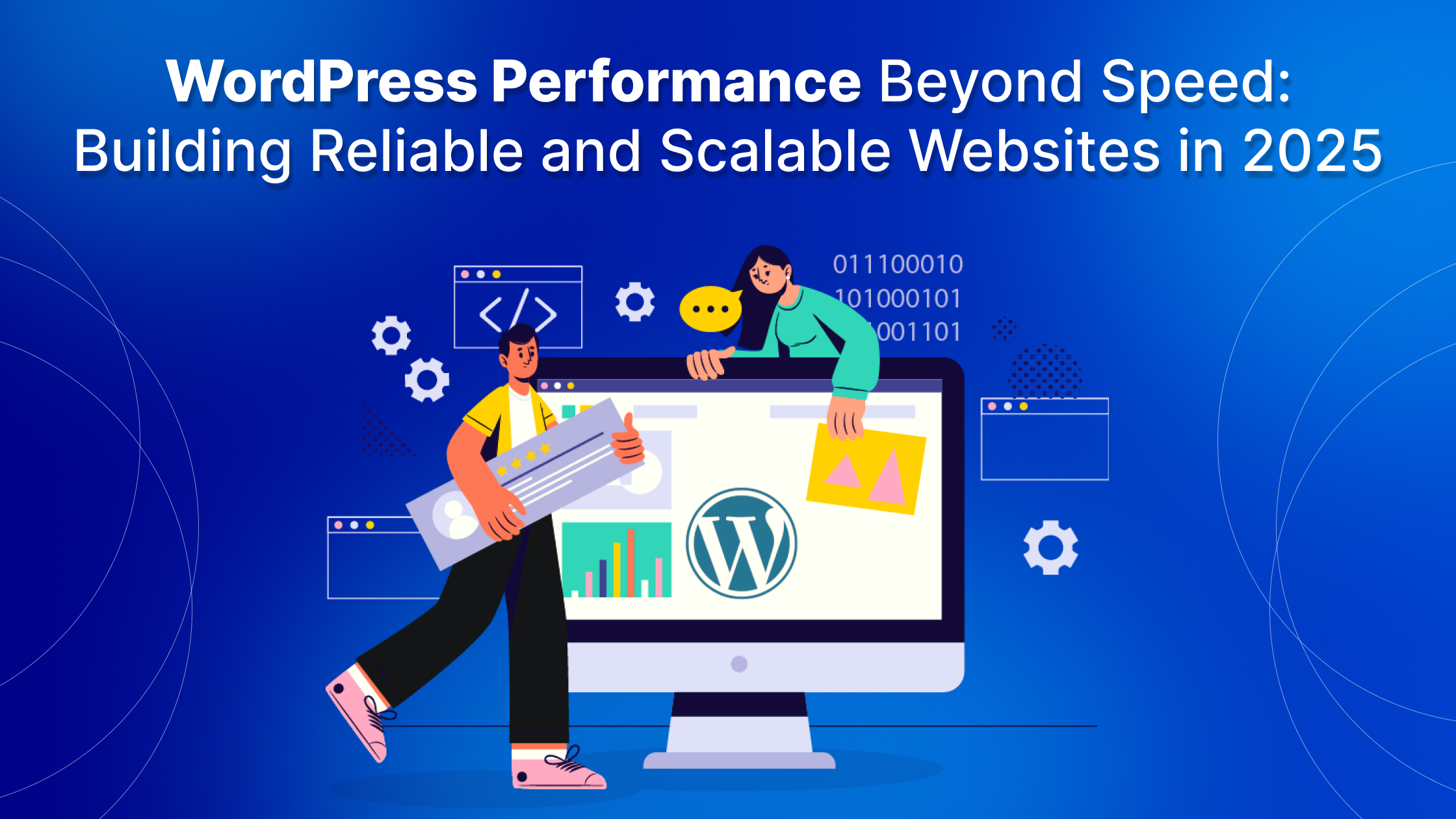In the fast-paced world of software development and operations, DevOps teams are constantly seeking ways to streamline processes, reduce errors, and increase productivity. Fortunately, the tech industry has responded with a range of innovative solutions designed to address these needs. In this blog post, we’ll explore five cutting-edge technologies that are helping DevOps teams save time and solve problems more efficiently.
1. Artificial Intelligence for IT Operations (AIOps)
AIOps represents the convergence of artificial intelligence and IT operations, offering a powerful solution for managing complex, dynamic IT environments.
Key Features:
– Anomaly detection and predictive analytics
– Automated root cause analysis
– Intelligent alert correlation and noise reduction
– Self-healing capabilities
How it Saves Time and Solves Problems:
AIOps platforms can process vast amounts of data from various sources, identifying patterns and potential issues that human operators might miss. By automating routine tasks and providing intelligent insights, AIOps significantly reduces the time spent on troubleshooting and allows teams to focus on more strategic initiatives.
Real-world Example:
Moogsoft, a leading AIOps platform, helped a major telecommunications company reduce their Mean Time to Resolution (MTTR) by 62% and decrease ticket volume by 83%, demonstrating the powerful impact of AI-driven operations.
Implementation Tip:
Start by identifying specific use cases where AIOps can provide the most value, such as alert management or capacity planning. Gradually expand its use as your team becomes more comfortable with the technology.
2. Infrastructure as Code (IaC)
Infrastructure as Code allows DevOps teams to manage and provision infrastructure through code rather than manual processes.
Key Features:
– Version-controlled infrastructure configurations
– Reproducible environments
– Automated provisioning and scaling
– Consistency across development, testing, and production environments
How it Saves Time and Solves Problems:
IaC eliminates the time-consuming and error-prone process of manual infrastructure setup. It ensures consistency across environments, reducing the “it works on my machine” problem. Moreover, it allows for rapid scaling and easy rollback of infrastructure changes.
Real-world Example:
Hashicorp’s Terraform, a popular IaC tool, has been used by companies like Slack to manage complex multi-cloud infrastructures, significantly reducing provisioning time and improving reliability.
Implementation Tip:
Begin by codifying a small, non-critical part of your infrastructure. As you gain confidence, gradually expand to cover more of your environment. Remember to version control your IaC scripts just like application code.
3. Containerization and Orchestration
Containerization technologies like Docker, coupled with orchestration platforms like Kubernetes, have revolutionized application deployment and management.
Key Features:
– Consistent application packaging
– Isolation of applications and dependencies
– Efficient resource utilization
– Automated scaling and load balancing
How it Saves Time and Solves Problems:
Containers eliminate the “works on my machine” problem by packaging applications with their dependencies. Orchestration platforms automate deployment, scaling, and management of containerized applications, reducing manual intervention and ensuring high availability.
Real-world Example:
Google, the original creators of Kubernetes, uses the platform to run billions of containers per week, demonstrating its scalability and efficiency.
Implementation Tip:
Start by containerizing a simple, stateless application. Once comfortable, move on to more complex applications and explore orchestration with Kubernetes or similar platforms.
4. Continuous Integration/Continuous Deployment (CI/CD) Pipelines
CI/CD pipelines automate the process of building, testing, and deploying applications, enabling frequent and reliable software releases.
Key Features:
– Automated build and test processes
– Consistent deployment procedures
– Rapid feedback on code changes
– Easy rollback capabilities
How it Saves Time and Solves Problems:
CI/CD pipelines eliminate manual, error-prone deployment processes. They catch issues early through automated testing, reduce integration problems, and enable teams to deliver updates more frequently and reliably.
Real-world Example:
Amazon, a pioneer in CI/CD practices, deploys new code every 11.7 seconds on average, demonstrating the power of automation in enabling rapid, frequent releases.
Implementation Tip:
Start with continuous integration, automating your build and test processes. Once this is stable, gradually introduce continuous deployment, beginning with staging environments before moving to production.
5. Observability Platforms
Observability platforms provide deep insights into complex, distributed systems, helping teams understand and troubleshoot issues more effectively.
Key Features:
– Unified view of metrics, logs, and traces
– Real-time monitoring and alerting
– Distributed tracing for microservices architectures
– Advanced querying and visualization capabilities
How it Saves Time and Solves Problems:
Observability platforms help teams quickly identify and diagnose issues in complex, distributed systems. They provide context-rich information that speeds up troubleshooting and enables proactive problem-solving.
Real-world Example:
Uber uses an in-house observability platform to monitor its vast, microservices-based architecture, enabling rapid issue resolution across its global operations.
Implementation Tip:
Begin by identifying key metrics and logs that provide valuable insights into your system’s health and performance. Gradually expand your observability coverage, focusing on areas that have historically been problematic or opaque.
Implementing These Technologies: Best Practices
While these technologies offer significant benefits, implementing them effectively requires careful planning and execution. Here are some best practices to consider:
1. Start Small and Iterate
Don’t try to implement everything at once. Start with a single technology or a limited scope, learn from the experience, and gradually expand.
2. Invest in Training
These technologies often require new skills. Invest in training your team to ensure they can effectively leverage these tools.
3. Foster a Culture of Automation
Encourage your team to look for opportunities to automate manual processes. Create a culture where automation is valued and rewarded.
4. Prioritize Security
As you implement these technologies, ensure that security is considered from the outset. Many of these tools have security implications that need to be carefully managed.
5. Measure and Monitor
Regularly assess the impact of these technologies on your team’s productivity and effectiveness. Use these insights to guide further adoption and refinement.
Conclusion
The technologies discussed in this post—AIOps, Infrastructure as Code, Containerization and Orchestration, CI/CD Pipelines, and Observability Platforms—represent powerful tools for DevOps teams looking to save time and solve problems more effectively. By automating routine tasks, providing deeper insights, and enabling more reliable and frequent deployments, these technologies can significantly enhance a team’s productivity and effectiveness.
However, it’s important to remember that these are tools, not silver bullets. Their effectiveness depends on how well they are implemented and integrated into your existing processes and culture. As with any significant technological change, success requires careful planning, ongoing learning, and a willingness to adapt.
As you consider adopting these technologies, think about your team’s specific needs and challenges. Which of these tools could have the most immediate impact? Where are your current bottlenecks and pain points? By aligning these powerful technologies with your team’s unique requirements, you can unlock new levels of efficiency and innovation in your DevOps practices.
The future of DevOps is exciting, with new tools and technologies continually emerging. By staying informed and being willing to embrace new approaches, your team can stay at the forefront of this evolving field, driving better outcomes for your organization and your customers.


